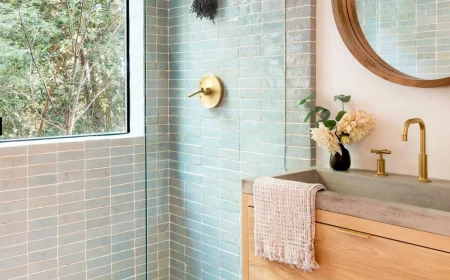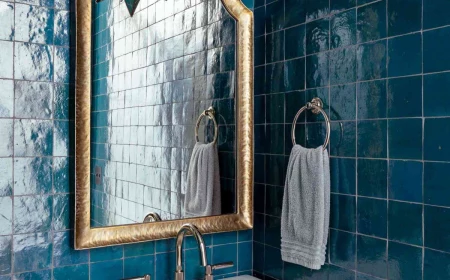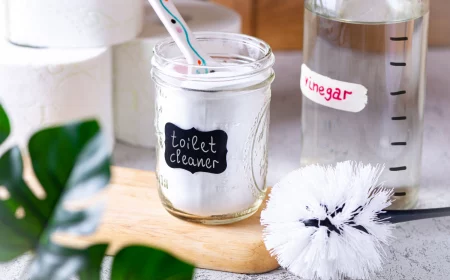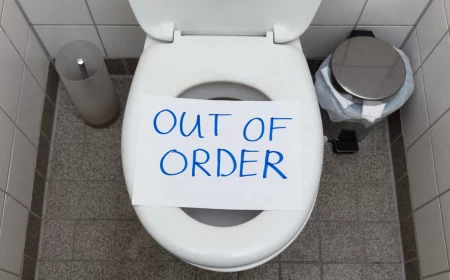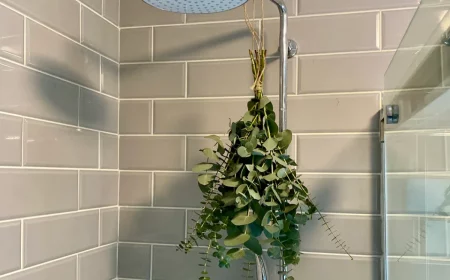Your Bathroom Feels Cheap? Here’s Exactly Where to Spend Your Money.
I’ve walked through hundreds of bathrooms in my career, from massive new builds to tiny powder rooms in old homes. And I’ll tell you a secret: the ones that feel truly amazing, the ones that stick with you, have almost nothing to do with the final price tag.
In this article
It’s not about having a six-figure budget. In fact, I’ve seen incredibly expensive renovations that felt cold and sterile because the little things were all wrong. On the flip side, I’ve helped people on a tight budget create a space that feels polished and luxurious, simply by being smart about where the money goes.
This isn’t about cheap tricks. It’s about understanding what professionals look for—the weight of a faucet, the warmth of the light, the cleanliness of a caulk line. It’s about making strategic investments in the things you touch and see every single day. Let’s break it down.
The Unseen Stuff That Makes a Huge Difference
Before you even think about tile or paint, you need to get a handle on two things that your brain processes subconsciously: light and texture. Getting these right is the foundation for everything else.

Let’s Talk About Lighting (No, Really)
Bad lighting is the fastest way to make an expensive bathroom feel like a gas station restroom. It’s not just about brightness; it’s about the quality of the light. Three things matter:
- Lumens (Brightness): You need layers. For general room lighting, aim for about 20 lumens per square foot. But for the mirror where you do your hair or shave? You need way more—closer to 70 or 80 lumens per square foot to avoid weird shadows.
- Kelvin (Color): This is the warmth or coolness of the light. Anything over 4000K starts to feel sterile and clinical. For a bathroom, you want a warm, flattering glow that makes you look good. Stick to bulbs in the 2700K to 3000K range. Trust me on this.
- CRI (Color Rendering Index): This is the one most people miss, and it’s critical. CRI is a score from 1-100 that measures how accurately a light source shows true colors. A low CRI (below 80) makes everything look dull and can even give your skin a sickly tint. It just feels… off. Insist on a CRI of 90 or higher for your vanity lights. It’s a non-negotiable for a high-end feel.
Quick tip: High-CRI bulbs aren’t always in the giant value packs at the big-box stores. You might have to look specifically online or at a dedicated lighting shop. Brands like Cree and Philips often list the CRI right on the packaging, so it only takes a second to check.
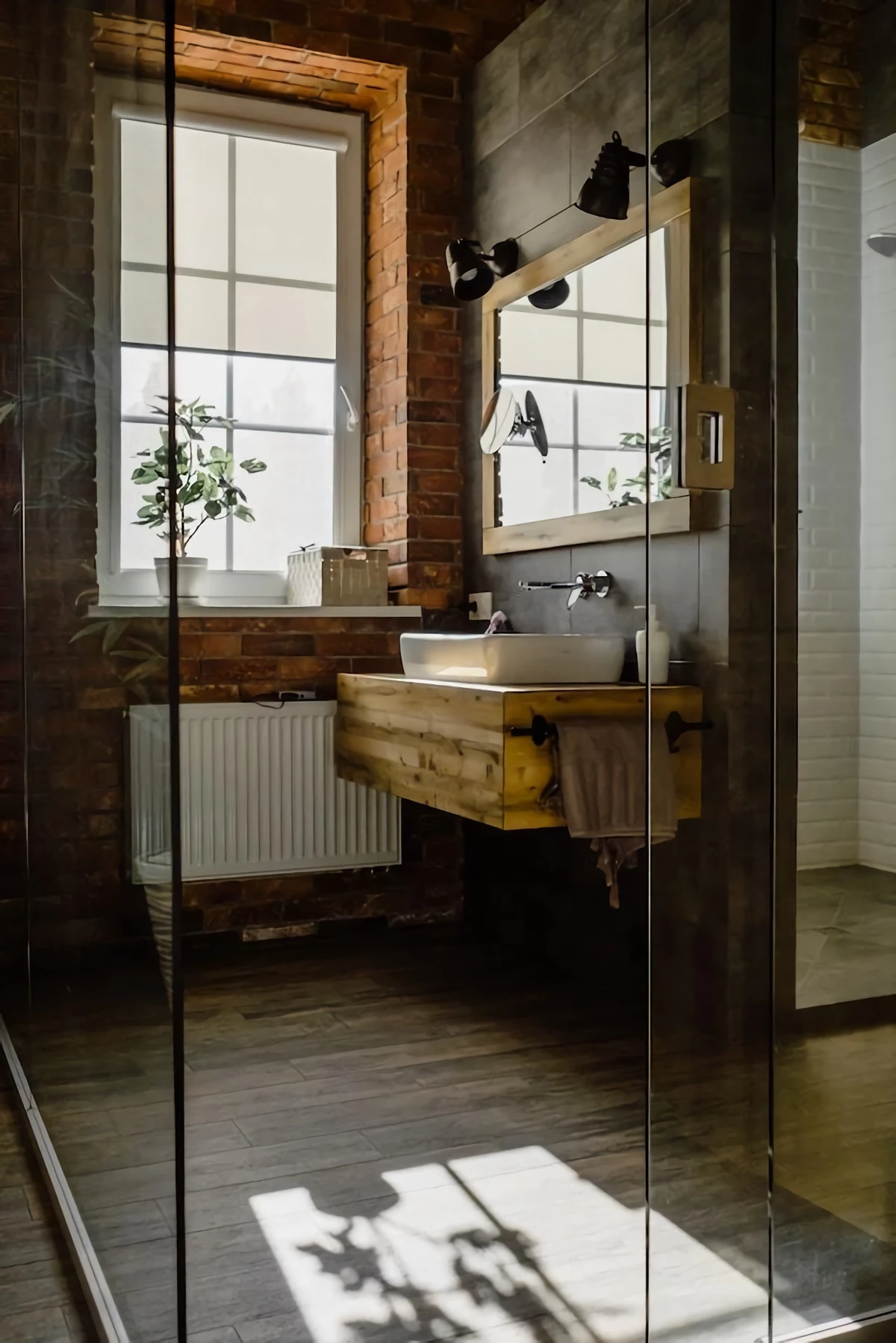
The Feel of Quality
Your hands know the difference between good and bad materials. When you grab a faucet handle, your brain registers its weight and temperature. Solid brass feels dense and substantial. A cheap faucet made of plated zinc feels light and hollow. It’s an instant giveaway. This tactile feedback is a powerful, subconscious signal of quality (or the lack of it).
Hardware: The Best Place to Invest Your Money
Your faucet, shower controls, and cabinet pulls are the things you physically interact with every day. This is where a little extra investment pays off big time.
When the pros choose fixtures, we look at two things: the metal inside and the finish outside.
The base metal should always be solid brass. It doesn’t corrode and it lasts for decades. A quality solid brass faucet from a reputable maker will generally run you between $200 and $600. That might sound like a lot compared to the $75 mystery-brand special, but that cheap one is probably made of a zinc alloy that will start failing in a few years. You can literally feel the difference in weight right in the store.
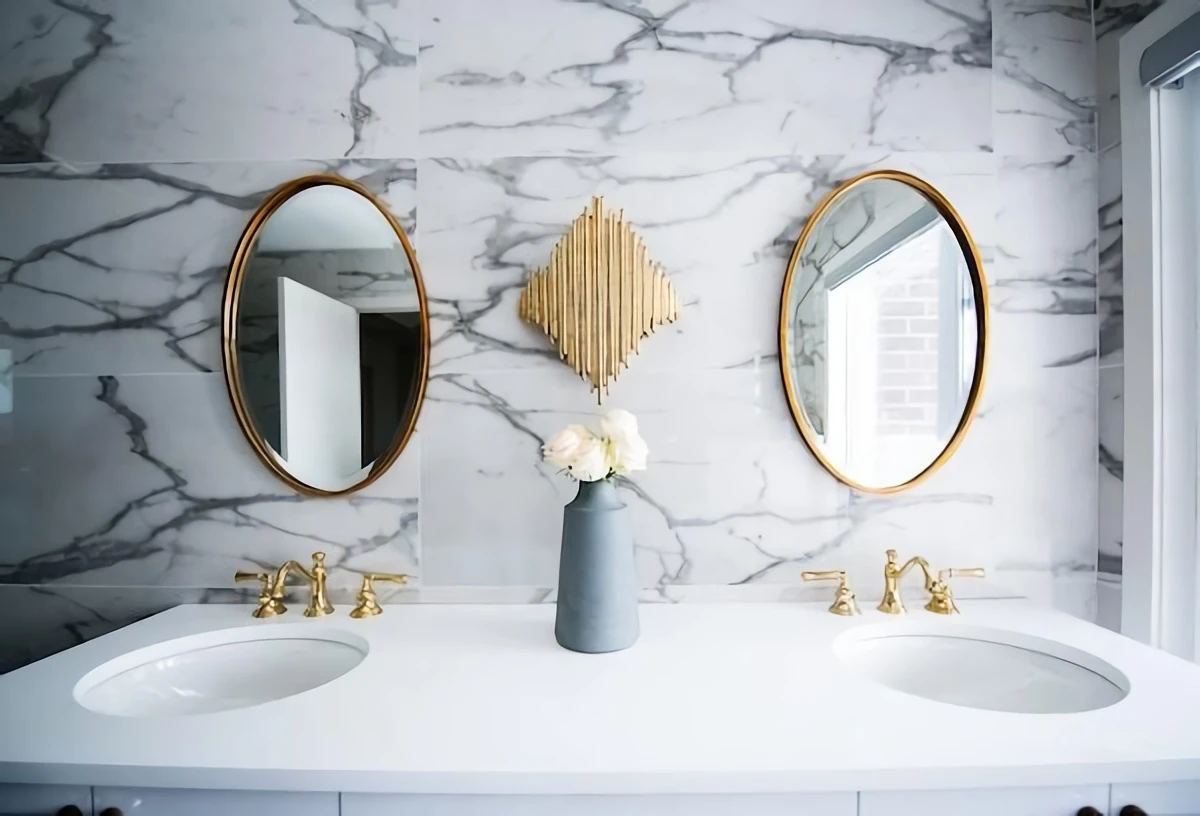
The finish is the color coating. Polished chrome is a classic for a reason—it’s durable and affordable. But for a step up, look for a PVD finish (Physical Vapor Deposition). This process bonds the color to the brass on a molecular level, making it incredibly resistant to scratches and tarnishing. It adds a bit to the cost, but that matte black or brushed gold faucet will look brand new for years to come.
Heads up! A common mistake: Before you fall in love with a faucet, check the hole configuration on your existing sink or countertop! You need to know if it’s a single-hole, a 4-inch centerset, or an 8-inch widespread setup. Taking a quick picture with your phone will save you a frustrating return trip to the store.
A Serious Warning About DIY Plumbing
Look, changing a sink faucet is a pretty manageable DIY job if you have a basin wrench and some patience. But I have to be brutally honest here: do not try to replace a shower or tub valve yourself.
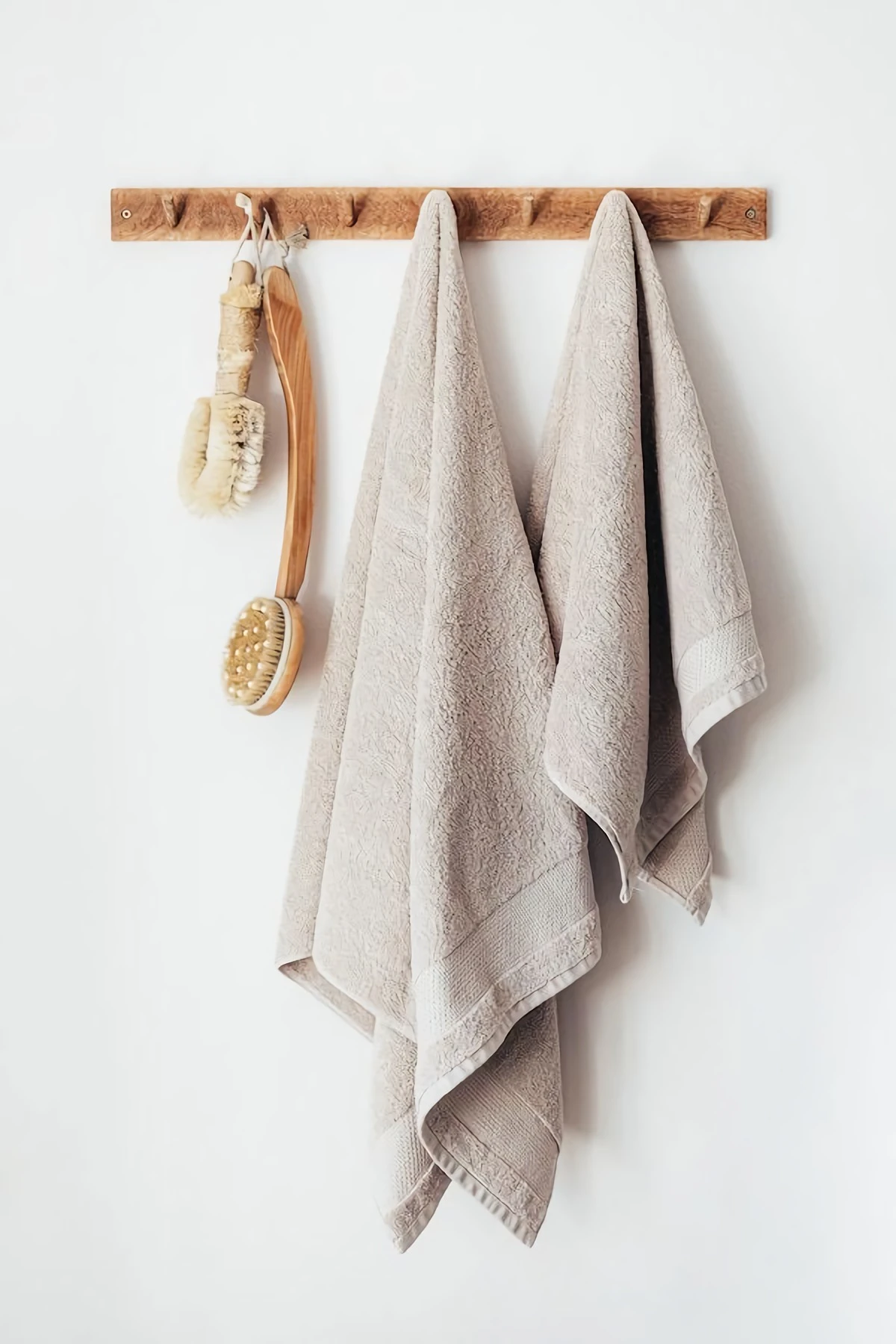
These valves are inside the wall. I once had to tell a homeowner that their weekend project to save $400 on a plumber resulted in an $8,000 mold remediation job. A tiny, slow leak from a connection that wasn’t perfectly sealed went unnoticed for months and destroyed the wall cavity. The look on their face… just hire the pro. A licensed plumber might charge between $300 and $700 to install that valve correctly, and it’s the best insurance you’ll ever buy.
Textiles: The Easiest Upgrade You Can Make
You can have the most beautiful fixtures in the world, but if you dry your hands on a threadbare, scratchy towel, the whole illusion is shattered. This is an easy win.
When you’re shopping for towels, look for the GSM (Grams per Square Meter). It’s basically the towel equivalent of thread count. For that plush, hotel-quality feel, you want towels in the 600-900 GSM range. They’re heavy, soft, and super absorbent. Yes, they cost more, but they’ll also last much longer than the thin, 300-400 GSM towels that feel cheap from day one. Brands focused on quality textiles are a good place to start your search.
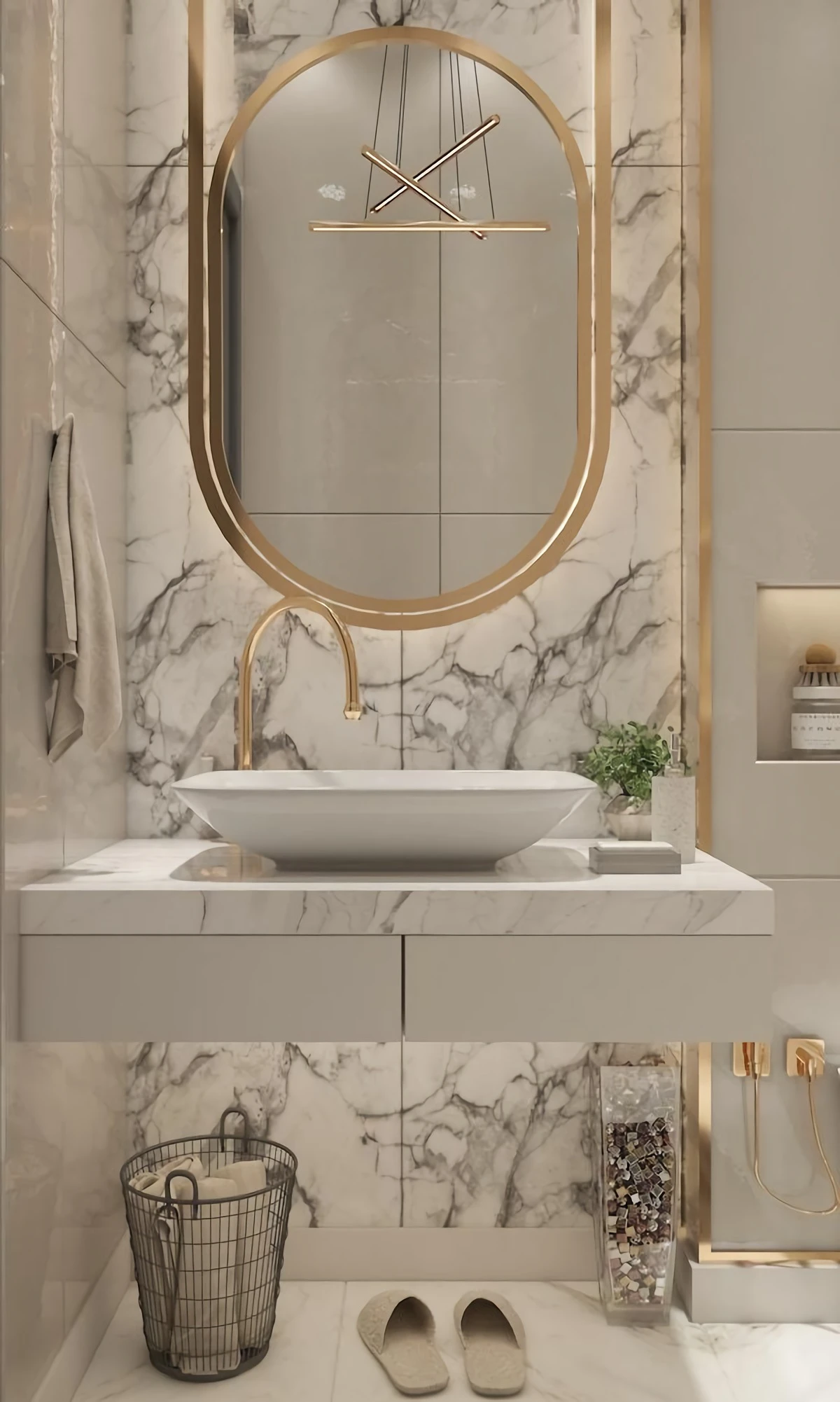
And please, toss that rubber-backed bath mat. It traps moisture and gets gross fast. A much better look is a spa-style wooden mat (teak is great) or a high-quality, reversible cotton bath rug you can throw in the wash. For the shower, a heavy fabric curtain (like a cotton waffle-weave) hangs so much better than thin vinyl. Just use it with a mildew-resistant liner.
Storage: The Art of Hiding Your Junk
Clutter is the enemy of a calm, refined bathroom. The goal is to have a smart mix of open and closed storage.
Closed storage (vanity drawers, medicine cabinets) is for the ugly-but-necessary stuff. Use clear acrylic bins and drawer dividers to keep it all organized so you’re not digging around for what you need.
Open storage (a shelf, a countertop) is for curated display only. The rule is simple: if it’s not beautiful or useful (ideally both), it doesn’t belong out in the open. A nice bottle of hand soap, a small plant, a stack of hand towels—that’s it.
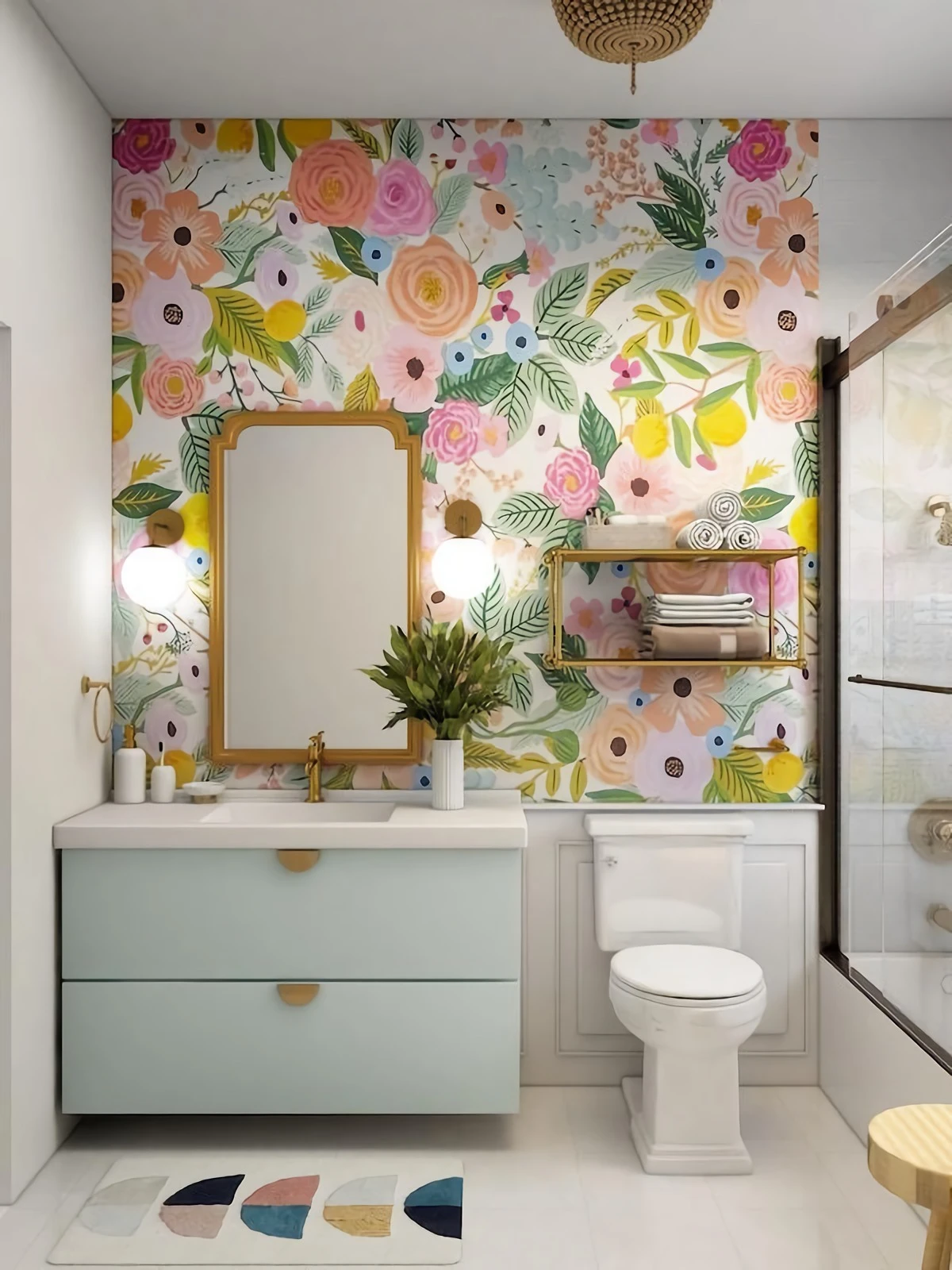
A lesser-known trick: Use a tray to group items on your countertop. A soap dispenser, a candle, and a small vase look like random clutter on their own, but put them on a simple tray and suddenly they look like a deliberate, stylish collection.
And here’s a pro tip to save money: Don’t buy an expensive marble tray from a retail store. Call up a local countertop fabricator and ask, “Hi, I was wondering if you have any small marble or quartz offcuts I could purchase for a project?” They often have beautiful pieces too small for a countertop that they’ll sell you for $20 or $30. Instant luxury for less than the price of lunch.
The Final 10%: Details That Seal the Deal
Okay, you’ve got the big stuff handled. Now it’s time for the details that truly separate a good bathroom from a great one.
- Check Your Caulk and Grout: Nothing screams neglect like moldy caulk or cracked, dirty grout. Scrape out old, failing caulk completely before applying a new bead of 100% silicone. For grout, a good scrubbing and a new coat of sealer can work wonders. This is tedious work, plan for 2-3 hours to do it right, but the payoff is huge.
- Frame Your Mirror: Ditch the basic, builder-grade plate glass mirror glued to the wall. Replacing it with a large, framed mirror instantly makes the space feel more intentional and finished, like a piece of furniture. Just be sure to anchor it to wall studs, not just drywall!
- Bring in Life: A bathroom is the perfect environment for humidity-loving plants. A snake plant, ZZ plant, or pothos are nearly impossible to kill and add a touch of green.
- Engage Your Nose: A high-end space considers all the senses. Skip the chemical-heavy plug-in air fresheners and opt for a quality reed diffuser with a subtle, natural scent. Another great trick? A small bunch of fresh eucalyptus in a vase. The steam from the shower will release its oils, creating a natural, spa-like aroma.
By focusing your budget and effort on these key areas, you’re not just redecorating; you’re building a sense of lasting quality that you’ll appreciate every single day.

Inspiration:
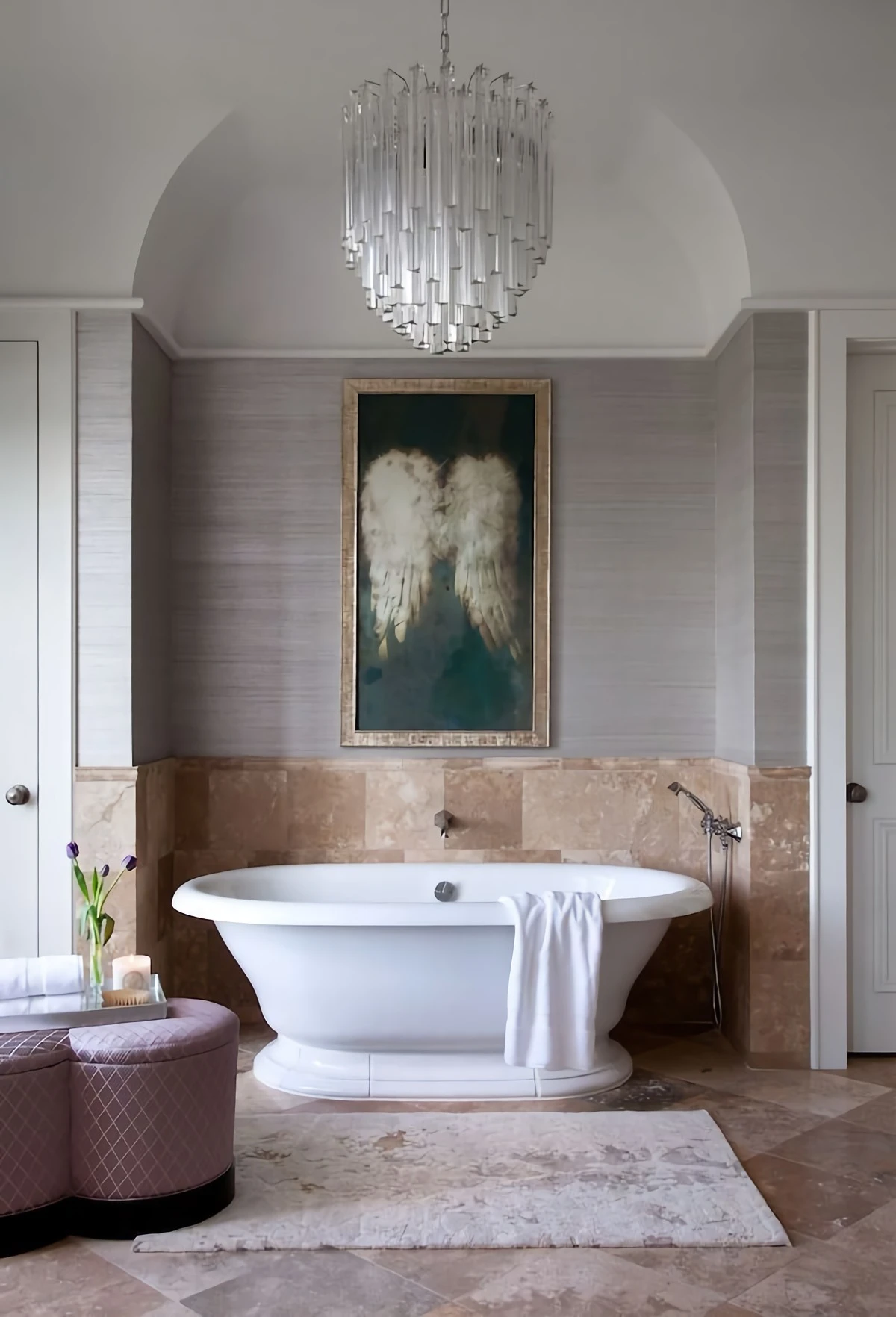
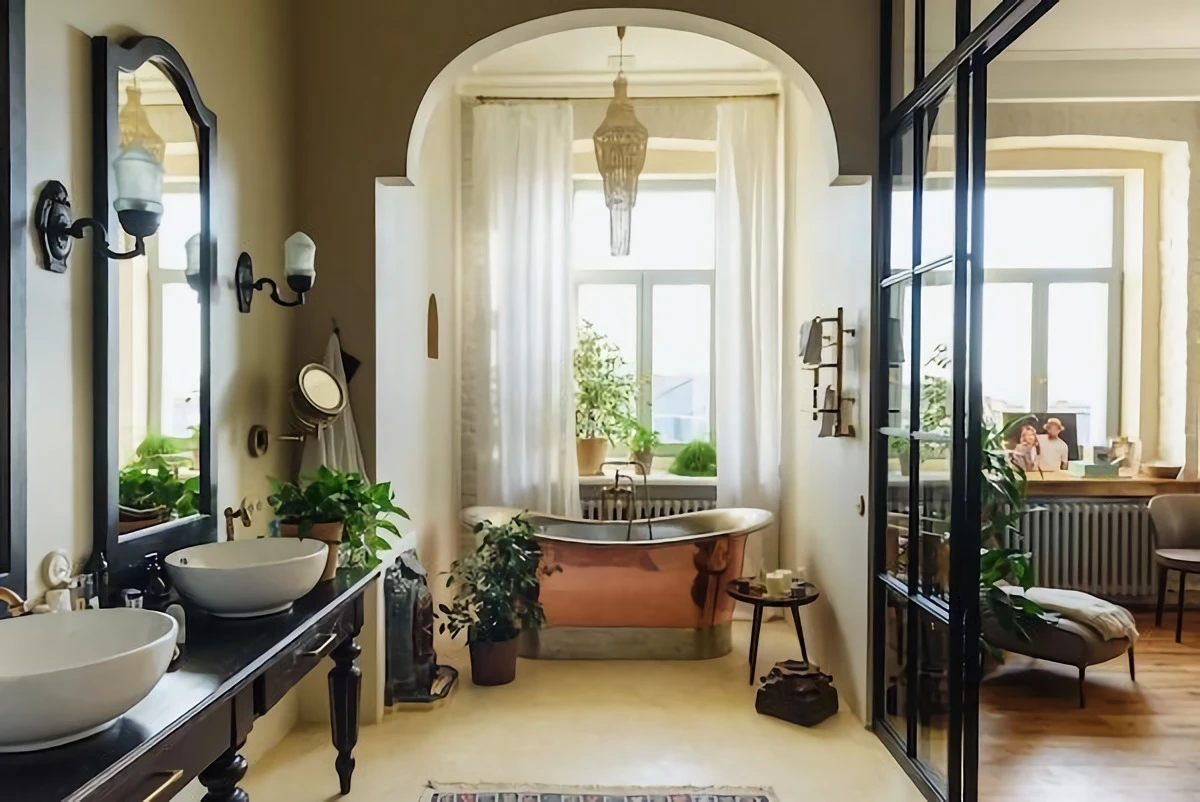
The single biggest giveaway of a cheap bathroom? Visible clutter. High-end spaces feel serene because everything has a place.
This doesn’t mean you need a massive vanity. It’s about clever solutions. Think about installing a recessed medicine cabinet with an integrated electrical outlet, like those from Robern or Kohler, to hide your electric toothbrush and shaver. Even simple additions like acrylic organizers inside drawers or a wall-mounted soap dispenser can dramatically reduce countertop chaos and elevate the entire feel of the room.
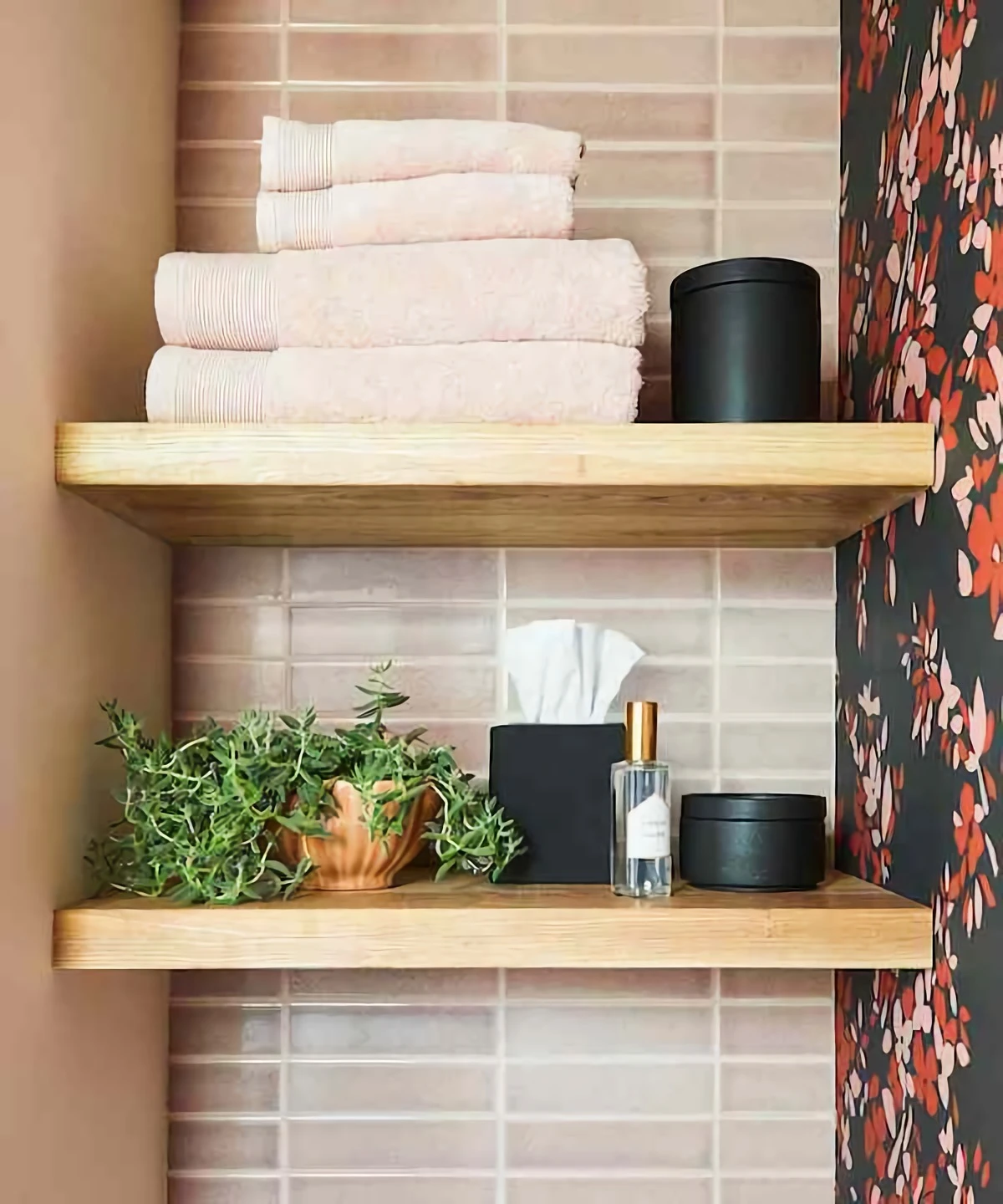
Wondering if you should mix metal finishes in the bathroom?
Absolutely. In fact, a carefully mixed-metal scheme looks far more curated and custom than a perfectly matched set. The designer’s rule of thumb is to stick to two, or at most three, finishes. A great combination is pairing a dominant finish like polished nickel for the faucet and shower trim with a secondary accent like matte black for mirrors, lighting, and cabinet hardware. This creates depth and visual interest without feeling chaotic.
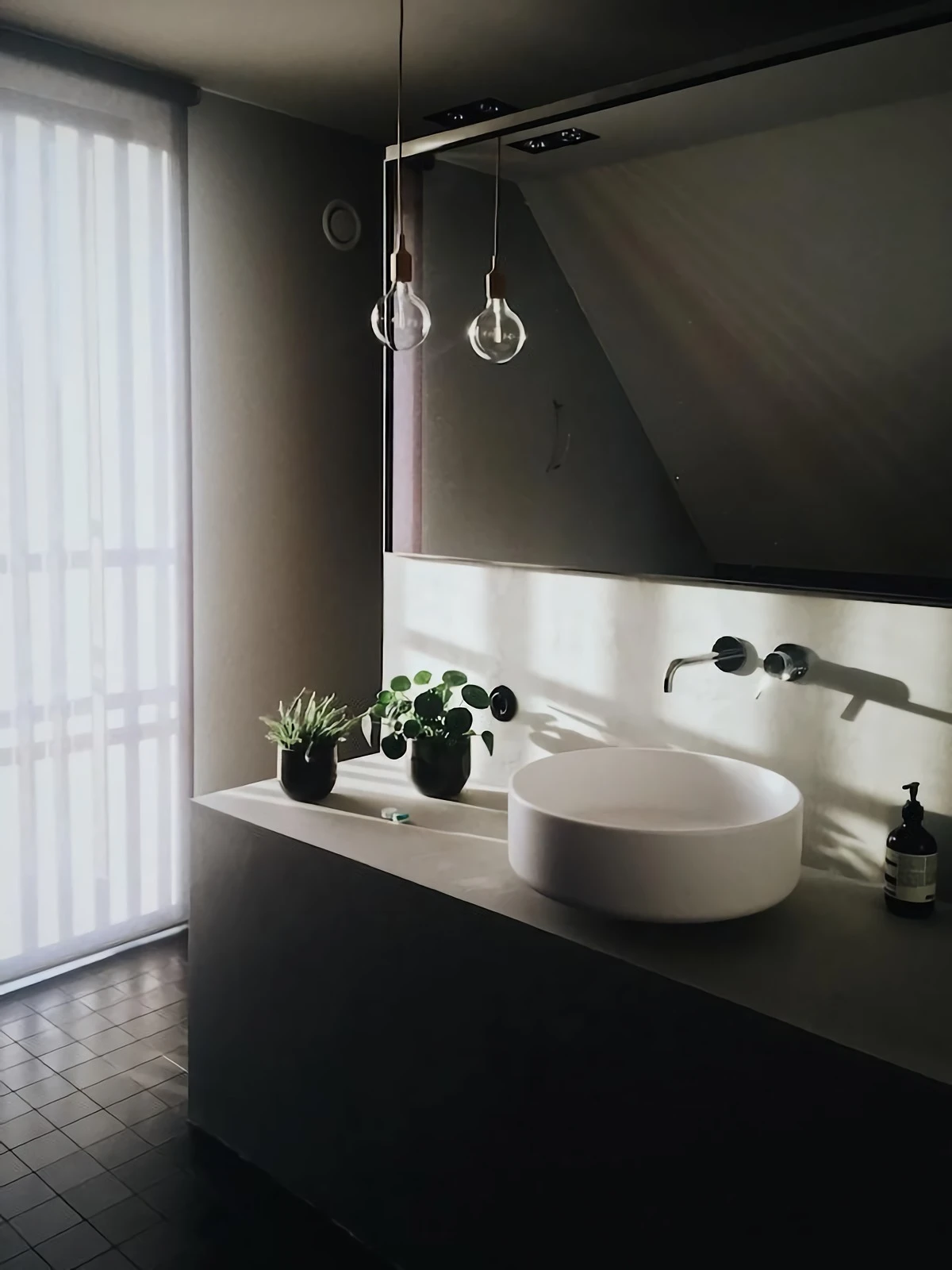
- That weight and smooth action you feel in a luxury faucet? It comes from a solid brass body and ceramic disc valves, which prevent drips and ensure longevity.
- The deep, rich color on high-end tile? It’s often the result of using through-body porcelain, where the color goes all the way through the tile, so a chip is nearly invisible.
The secret is investing in materials with inherent quality. These elements, while not always the most visible, provide a daily tactile experience that whispers luxury, unlike plated metals or basic ceramics which can feel light and flimsy over time.
Standard Grout: This cement-based product is inexpensive and widely available. However, its porous nature makes it highly susceptible to staining, mildew, and cracking over time, requiring regular sealing and deep cleaning.
Epoxy Grout: A premium alternative, used in commercial spaces and high-end homes. Brands like Laticrite offer epoxy grout that is non-porous, making it waterproof and virtually stain-proof. It resists harsh chemicals and doesn’t need sealing.
While the initial cost is higher, choosing epoxy grout is a smart investment for shower floors and high-traffic areas, ensuring your tile looks pristine for years to come.

